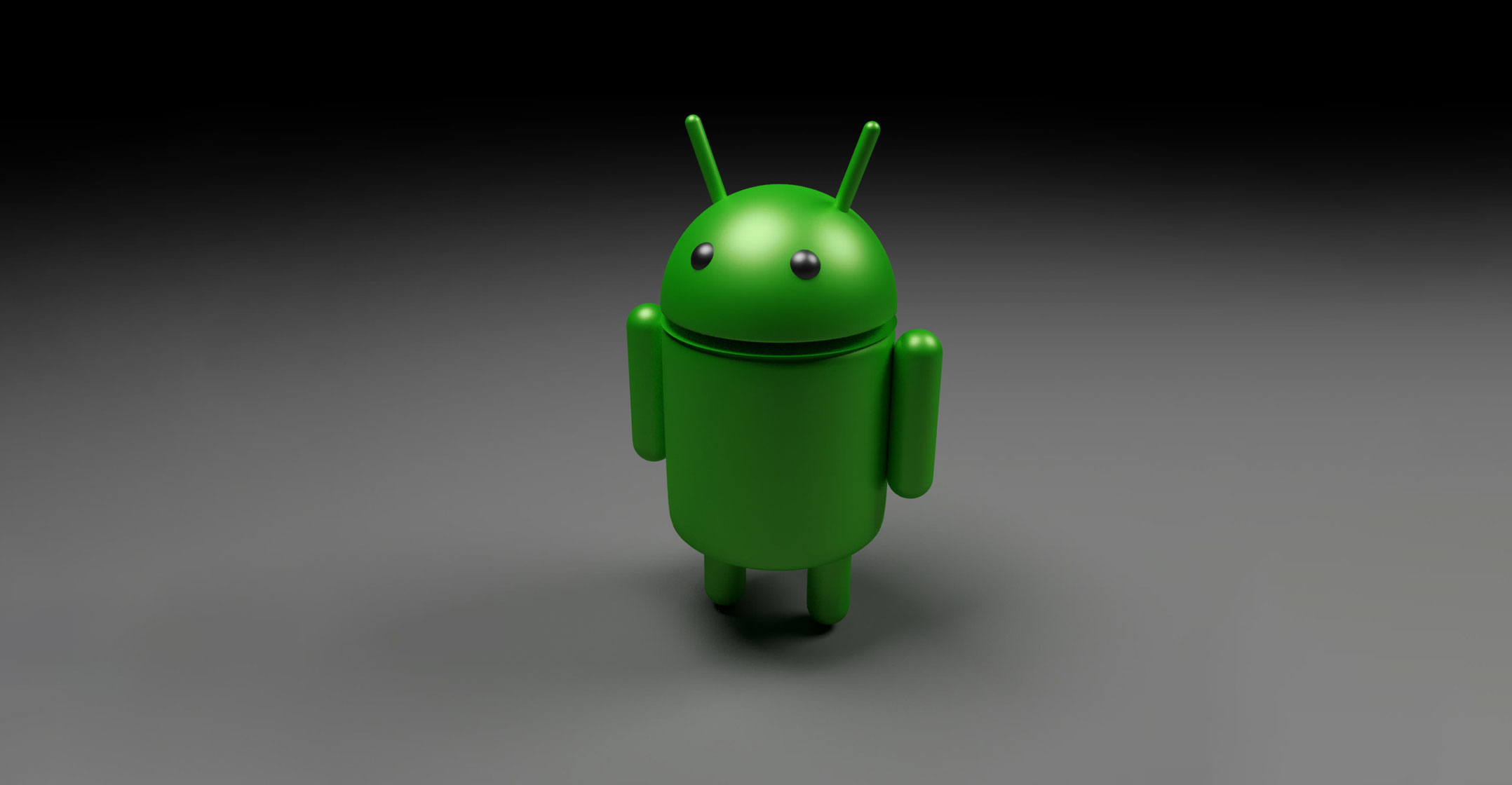 By imposing restrictions on Huawei, the administration of US President Donald Trump may force the Chinese company to do something that no one in tech has dared to do for a long time: challenge Google’s control of the Android universe, which earned the US company a huge European fine last year.
By imposing restrictions on Huawei, the administration of US President Donald Trump may force the Chinese company to do something that no one in tech has dared to do for a long time: challenge Google’s control of the Android universe, which earned the US company a huge European fine last year.
Huawei faces two big threats from US technology export restrictions. One is the loss of American components for its products, a blow it cannot parry immediately if it wants to keep making top-flight smartphones. The other is the potential withdrawal of its Android licence, which would stop Huawei from pre-installing the latest Google-approved version of the operating system and some key services Western users see as necessary — above all Google’s Play Store, the biggest repository of Android apps. This particular obstacle could, under the right conditions, turn into a Huawei strength in Europe, a market that accounts for almost a third of the company’s smartphone unit sales, according to market analytics company IDC.
Last July, the European Commission fined Google €4.3-billion for imposing illegal restrictions on smartphone manufacturers. In exchange for the right to pre-install the Play Store, they had to agree, among other things, not to sell devices running versions of Android not approved by Google: so-called Android forks. These operating systems are developed from the open-source version of Android, which anyone can use, including Huawei if the US bans it from using American technology. Amazon.com’s Fire OS is the best-known Android fork today, though there are others around.
The commission wrote that by obstructing the development of Android forks, Google and its parent company Alphabet “closed off an important channel for competitors to introduce apps and services, in particular general search services, which could be pre-installed on Android forks”. In its ruling, it made a strong case for forks as platforms for Google-independent innovation that, if they were allowed to spread widely, could have curbed Google’s market dominance in various areas.
Google has appealed the ruling, but it has also removed restrictions on handset makers to avoid further fines. This, however, hasn’t led to the proliferation of alternative platforms based on open-source Android: big phone makers are locked into comfortable relationships with Google and see no need to experiment. Days after the European Union fined Google, Huawei, at the time the biggest phone manufacturer that provided an easy opportunity to install alternative Android-based operating systems on its devices, ended the programme without explanation.
Out of its comfort zone
If Google takes away the Android licence, it’ll yank Huawei out of its comfort zone. The company isn’t likely to give up the European market without a fight, after spending billions of dollars developing a customer base. Consumers in some European countries now appear to be put off Huawei by the US attack, although, paradoxically, it appears to have fuelled the brand’s popularity in France.
The company has said it developed its own operating system (likely an Android fork), and it’s been trying to lure developers to its app store. If the US stops Huawei from pre-installing the Play Store, the Chinese manufacturer probably won’t spend much time educating consumers on how to install it on their own (the way people do now with phones bought in China). That’s not what most users expect on a new, expensive device. Instead, Huawei will want to offer developers an easy way to sell apps not just in the Google store but also in one pre-installed on Huawei devices — to “multi-home” them.
Huawei hasn’t been eager to get into an open confrontation with Google, which was a valued partner. But a breakup ordered by the US government changes things. Huawei, with plenty of resources of its own (and most likely with support from the Chinese government, determined to fight back against the US), could soon be investing heavily in the marketing and improvement of an Android fork. Given Huawei’s marketing potential, the effort isn’t necessarily doomed. And it could boost Asian and European developers deterred from competing in some areas — such as mapping, video services or even search — by Google’s enormous power.

Given the pushback in recent years against US tech companies’ relentless data collection and the widespread mistrust of Trump’s administration in Europe, there could well be demand for a Google-free phone from a major manufacturer known for superior hardware. I know I’d be interested, and the French would probably lap it up, judging by their reaction to the US threats. The EU regulators, too, might be intrigued to see evidence that perhaps the Google antitrust ruling didn’t come too late.
This is something of a utopian scenario, I know. Huawei may never need to go on the warpath against Google: The US and China could strike a trade deal that would make the spectre of restrictions go away. Or, if Huawei is banned from buying US technology, it could find itself unable to produce marketable phones for a while. And, of course, it is a company from Communist China, making it difficult for European regulators, and even for private developers, to embrace it as a savior from the overly dominant US tech companies.
Monopolies in tech don’t last forever, however. Sometimes they just need a push to start showing cracks. If the US moves against Huawei, it might be unknowingly giving such a push to Google in the smartphone market. — (c) 2019 Bloomberg LP

